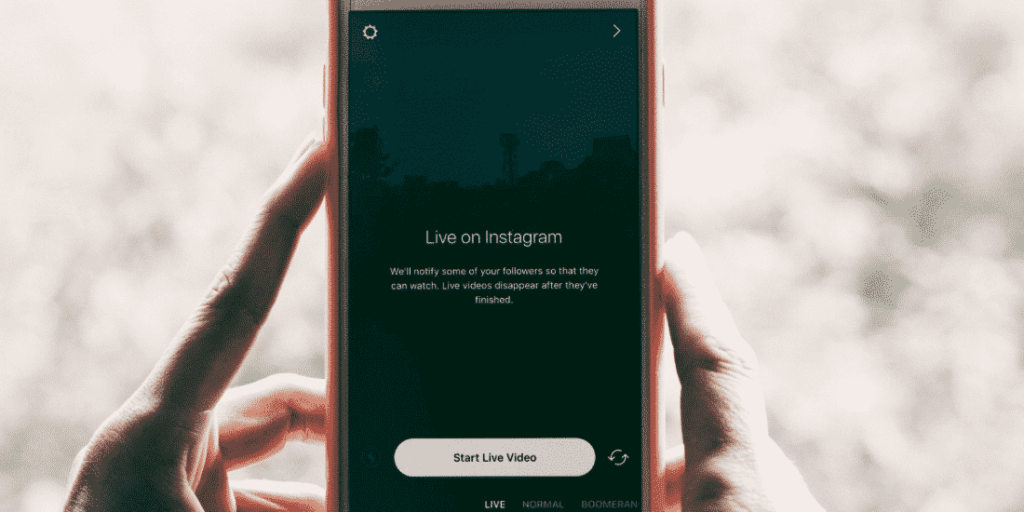Table of Contents
The best products and services to to leverage data and app analytics to create better mobile apps.
Without users, you wouldn’t have an app. At least you wouldn’t have an app that functioned as a business.
That’s why it’s so important to listen to your mobile users and understand how they use your mobile app. There are some mobile app analytics fundamentals you’ll need to understand if you want to create an effective mobile business.
There are some key metrics to measure if you have a mobile app. It’s crucial to get accurate in-app analytics around these in order to create a scalable mobile business.
The key mobile app analytic metrics are:
- New user acquisition
- App retention
- App engagement & experience
- Revenue
Every app is different and will look to focus on some of these KPIs more than others. Part of using data to inform your app business strategy involves learning which of these will benefit your app the most.
Here’s a look at some of the best app analytics tools out there to get started with. Whilst there’s no such thing as the best mobile analytics platform, a combination of a few of these will help you on your way to a successful mobile app.
Mobile app user acquisition
Data around user acquisition is the first stop in our break-down of app analytics strategy. You need to understand how users discover your app and what percentage of app impressions are being converted into downloads. App store analytics are the starting point for any serious app owner.
This is the first step to understanding exactly how mobile users view your app and a great opportunity to leverage data to improve your conversion.
Without in-depth analytics around user acquisition, you will have no idea how effective your app marketing budget is. If you don’t know exactly how effective you are at acquiring new app users then you can forecast your app monetization strategy.
User acquisition insights are usually spread across multiple different sources. This can make it difficult and time-consuming to see the whole app user acquisition story.
App acquisition solutions
Apple app analytics platform – If you have an iOS version of your mobile app then there’s not much better for rich data insights that the Apple app analytics platform. It’s free with the developer program membership. It’s really out shadowed by other solutions when looking at in-app analytics but to learn how users are adopting your app over time, but when looking at acquisition it an extremely useful tool.
Of course, that’s not too helpful if your app is only on iOS.
Apsalar – Has some good features including the ability to see the ROI of user acquisition campaigns.
What you’ll learn with data: Web traffic, app store impressions, downloads by time and date.
App analytics insights: App store conversion rates, target audiences, and referrers.
App retention
Once you’ve gained some insights around app acquisition (and hopefully devised a plan to improve it) you’ll want to keep those app users in your app. This is known as your mobile app retention strategy. Understanding app retention and how to improve it is crucial if you want to create an app that leaves your users happy and retains users effectively.
For this, you need to get valuable app analytics around app user retention. Understanding when users leave or delete your app is key to creating a scalable app business.
It’s also important for you to understand why certain app retention patterns are occurring for your app. Sometimes the basic data doesn’t seem to outline any clear motive.
Understanding your users and getting inside their heads is key to creating an effective retention strategy.
That’s why you need to add multiple data sets to your app retention model. Where they use your app and patterns around where users are deleting your app.
Retention app analytics solutions
Mixpanel – A nice platform that allows you define custom events and measure retention against these. One of the best mobile app analytics platforms for measuring retention.
Amplitude – emphasis on behavioural cohorts to really break down how your app retention strategy is working.
What you’ll learn: Retention, user churn, churn location.
App analytics insights: Why users are deleting your app. Retention strategy.
App engagement
To engage your app users you must have an effective mobile engagement strategy in place. More often than not this will need to include an effective push notification strategy.
The reason that push notifications are important as part of a mobile app strategy is that they can provide incredibly useful insights around how your app functions and how users engage with it.
The more detail you put into the push notification strategy the better your app engagement data that comes from it, and the level of app analytics insights you’ll get in return.
It’s great to have information about how your user uses each interface inside of your app. The next step is looking at where your users engage with your app.
Understanding accurate app engagement metrics are fundamental to building an effective mobile app engagement strategy.
Let’s look at an example – engaging your users in a specific moment.
A strategy such as this is great at increasing mobile app engagement, but the thing that’s even more powerful for apps is using data around the app engagement moment to learn about your users and how they want to interact with your app.
There are a few different mobile app analytics platforms that provide you with data around app engagement:
App engagement solutions
Tamoco – Takes engagement insights one step further by adding precise location to the above. Location is a relevant insight for app users because it allows you to understand in which location engagement is best and in which moment your users are most engaged. It’s all available in a nice platform with a mobile app analytics SDK to boot.
Universal Analytics (Google) – For a general overview of app engagement, there’s not much better than Universal analytics. Best of all is the price – but, it offers reliable stats to measure the effectiveness of your engagement strategy. It’s a great starting point for all app developers to have in their business strategy.
What you’ll learn: Communication engagement, time of engagement, location of engagement.
App analytic insights: when, how and where your users are most engaged with your mobile app.
Mobile user experience
Understanding micro-moments with accurate data.
For apps that were to succeed it’s crucial that they make the distinction between engagement and experience. They will also have to find ways to measure both effectively. It’s an important part of an app analytics strategy to be able to measure this separately to engagement.
However, app experience and mobile user experience can be subjective and therefore difficult to measure in a traditional app analytics platform.
You must think about many parts of your app’s strategy in order to create the best mobile user experience, as it encompasses many different factors.
As data is the single most important thing you can use to back up your app business strategy, it’s important to learn what contributes towards a positive app experience.
This involves hypothesizing (based on any data that you might already have) and then measuring and adapting with mobile application analytic tools. Let’s look at some examples of hypothetical positive app experiences.
A fitness app that understands where users like to work out and suggest recommendations. Also, can avoid potential risks by monitoring route etc
Booking app using location history to suggest much better experience. And understand where the users use the app to find these. The solving problem before users reaches the micro-moment.
In these two examples, it seems to be quite difficult to measure the success of these experiences. But what we can do is to use engagement and retention figures and combine this with other data sets and qualitative insights to get a better idea of your app experience.
One solution is looking at direct videos of user experience and matching this up to patterns in-app deletion.
Another involves looking at the real-world location in which apps are being engaged with most and where they are losing users.
App experience solutions
Appsee – lets you record real user sessions so that you can identify the reason for engagement patterns. Also has some nice heat maps.
Localytics – Also has good heat maps function to allow you to pinpoint where experience is increasing/dropping off.
What you’ll learn: Where micro-moments occur.
App analytics insights: New features, Retention strategy
In-app monetization
If you want to create an app that functions as a business then you’ll need accurate app analytics, insights and forecasts around app monetization.
Which insights you’ll need here depends on your app monetization strategy. There are many app monetization challenges, but some will be more relevant to your business.
If you have a mobile app monetization strategy that is based on delivering mobile ads to your users, then you’ll need a platform with in-depth insights around ad delivery, CPM, and impressions vs clicks.
If your app monetization takes the form of in-app purchases then it’s important to look beyond revenue. Can you find a app abalytics solution that shows you the optimal moment that your user is likely to purchase your service or digital goods? If you can understand how this kind of in-app monetization works then this will be the key to boosting app revenue.
App data monetization is another app monetization strategy that can deliver high revenue for apps. Platforms include dynamic CPM pricing based on your where your audience is most active. This allows you to forecast your revenue accurately and helps you to understand where to invest your app marketing budget to best improve your bottom line.
App monetization solutions
Universal analytics – Allows you to track revenue and in-app purchases.
Mixpanel – has a nice revenue tracking feature.
Tamoco – Allows you to monetize without ads and track your revenue by app, location, user and more.
What you’ll learn: Revenue, CPM, User value, app monetization best practices.
App analytics insights: Forecasts, marketing allocation, which kind of user is most valuable to your app business.
Conclusion
- Data is the most important thing to hypothesize, measure and test your app business model.
- There are many platforms that you’ll need to paint a complete picture.
- Data is effective in measuring how users find and download your app.
- An effective app retention strategy leverages user data.
- Engagement can be quantified and this is helpful to hypothesize.
- In-app monetization will benefit from data. Use it to understand how to improve your revenue.
Do you make the most of in app analytics? Have you got a reliable data strategy to inform your app’s business decisions?
Grow your app with Tamoco
James is the head of marketing at Tamoco




Leave a Reply